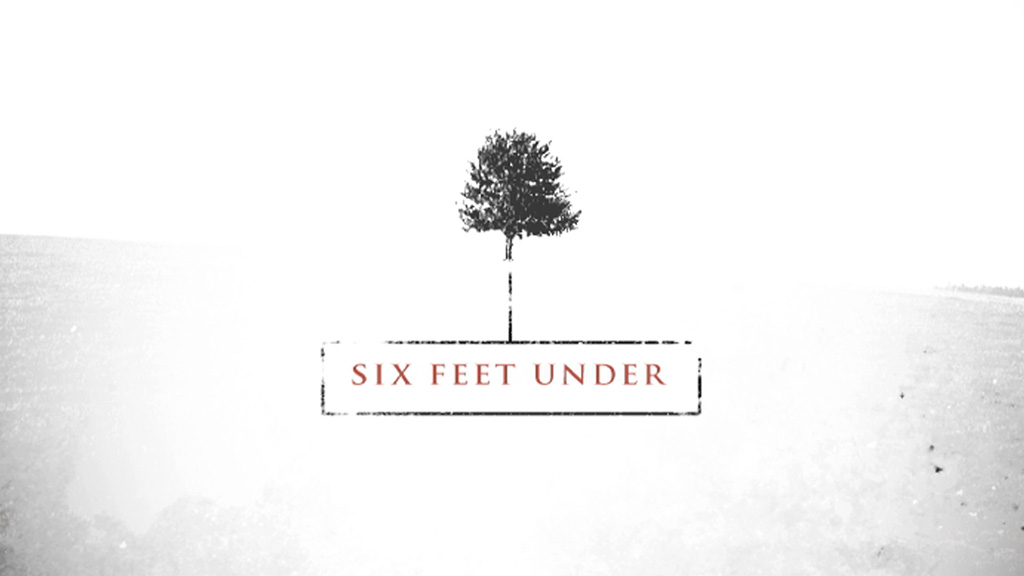While speech recognition technology has been in the public sphere for several decades, Silicon Valley has re-discovered it with a renewed fervor. Companies from the tech giants, such as Facebook and Amazon, down to dozens of start-ups and their VC handlers have declared the next few years those of the chatbot; natural language-based messaging is the next big thing.
Thanks to Apple the most widespread incarnation of the chatbot is of course Siri — a personalized digital assistant capable of interacting with a user through a natural language conversation (well, almost). But while the parsing and understanding of human conversation, and the construction of chatbot responses, is all done via software — the vocalizations themselves are human. As a result, a new career field is opening up for enterprising speech artists.
From Washington Post:
Until recently, Robyn Ewing was a writer in Hollywood, developing TV scripts and pitching pilots to film studios.
Now she’s applying her creative talents toward building the personality of a different type of character — a virtual assistant, animated by artifical intelligence, that interacts with sick patients.
Ewing works with engineers on the software program, called Sophie, which can be downloaded to a smartphone. The virtual nurse gently reminds users to check their medication, asks them how they are feeling or if they are in pain, and then sends the data to a real doctor.
As tech behemoths and a wave of start-ups double down on virtual assistants that can chat with human beings, writing for AI is becoming a hot job in Silicon Valley. Behind Apple’s Siri, Amazon’s Alexa and Microsoft’s Cortana are not just software engineers. Increasingly, there are poets, comedians, fiction writers, and other artistic types charged with engineering the personalities for a fast-growing crop of artificial intelligence tools.
“Maybe this will help pay back all the student loans,” joked Ewing, who has master’s degrees from the Iowa Writer’s Workshop and film school.
Unlike the fictional characters that Ewing developed in Hollywood, who are put through adventures, personal trials and plot twists, most virtual assistants today are designed to perform largely prosaic tasks, such as reading through email, sending meetings reminders or turning off the lights as you shout across the room.
But a new crop of virtual assistant start-ups, whose products will soon flood the market, have in mind more ambitious bots that can interact seamlessly with human beings.
Because this wave of technology is distinguished by the ability to chat, writers for AI must focus on making the conversation feel natural. Designers for Amazon’s Alexa have built humanizing “hmms” and “ums” into her responses to questions. Apple’s Siri assistant is known for her wry jokes, as well as her ability to beatbox upon request.
As in fiction, the AI writers for virtual assistants dream up a life story for their bots. Writers for medical and productivity apps make character decisions such as whether bots should be workaholics, eager beavers or self-effacing. “You have to develop an entire backstory — even if you never use it,” Ewing said.
Even mundane tasks demand creative effort, as writers try to build personality quirks into the most rote activities. At the start-up x.ai, a Harvard theater graduate is tasked with deciding whether its scheduling bots, Amy and Andrew, should use emojis or address people by first names. “We don’t want people saying, ‘Your assistant is too casual — or too much,’?” said Anna Kelsey, whose title is AI interaction designer. “We don’t want her to be one of those crazy people who uses 15 million exclamation points.”
Virtual assistant start-ups garnered at least $35 million in investment over the past year, according to CBInsights and Washington Post research (This figure doesn’t count the many millions spent by tech giants Google, Amazon, Apple, Facebook, and Microsoft).
The surge of investor interest in virtual assistants that can converse has been fueled in part by the popularity of messaging apps, such as WeChat, WhatsApp, and Facebook’s Messenger, which are among the most widely downloaded smartphone applications. Investors see that users are increasingly drawn to conversational platforms, and hope to build additional features into them.
Read the entire story here.
 Many of us would probably jump at the chance to secure a life-long position as a tenured professor at a prestigious college. Few disadvantages and lots of benefits: great salary, job for life, long vacations, post-docs to do all your hard work, teaching assistants to do all your easy work. But, most of us don’t have the academic chops to reach the rarefied atmosphere of our great institutions of learning.
Many of us would probably jump at the chance to secure a life-long position as a tenured professor at a prestigious college. Few disadvantages and lots of benefits: great salary, job for life, long vacations, post-docs to do all your hard work, teaching assistants to do all your easy work. But, most of us don’t have the academic chops to reach the rarefied atmosphere of our great institutions of learning. So, here’s the next best thing. Visit universitytitlegenerator.com and award yourself a lesser title. While most of these algorithmically designed titles are randomly generated and confusingly obtuse, you just have to believe that they really do exist, and that the positions pay rather well.
So, here’s the next best thing. Visit universitytitlegenerator.com and award yourself a lesser title. While most of these algorithmically designed titles are randomly generated and confusingly obtuse, you just have to believe that they really do exist, and that the positions pay rather well.


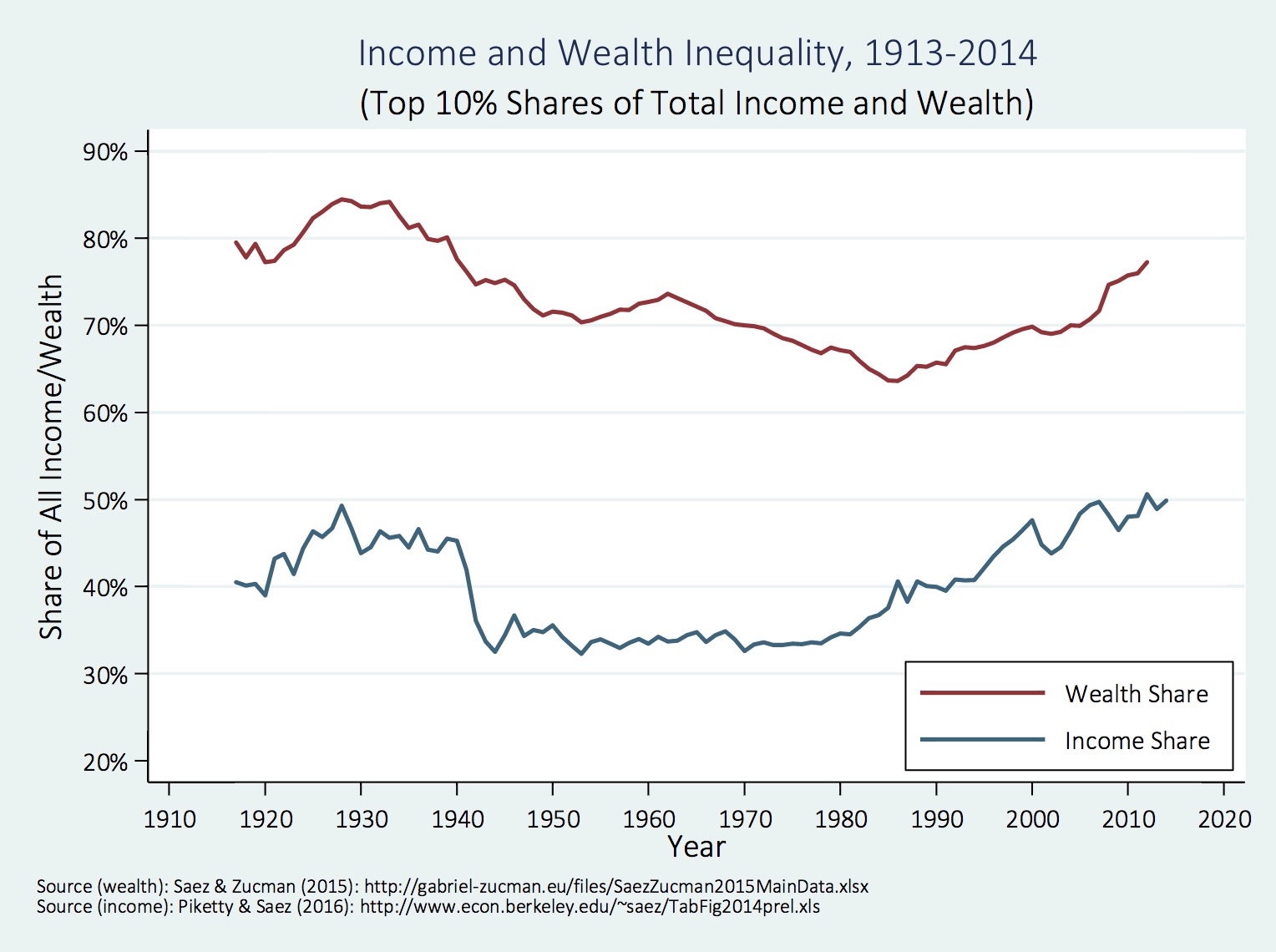
 Today’s PhotoMash is a stark reminder that many corporate CEOs live by different rules, which they tend to conjure up themselves.
Today’s PhotoMash is a stark reminder that many corporate CEOs live by different rules, which they tend to conjure up themselves.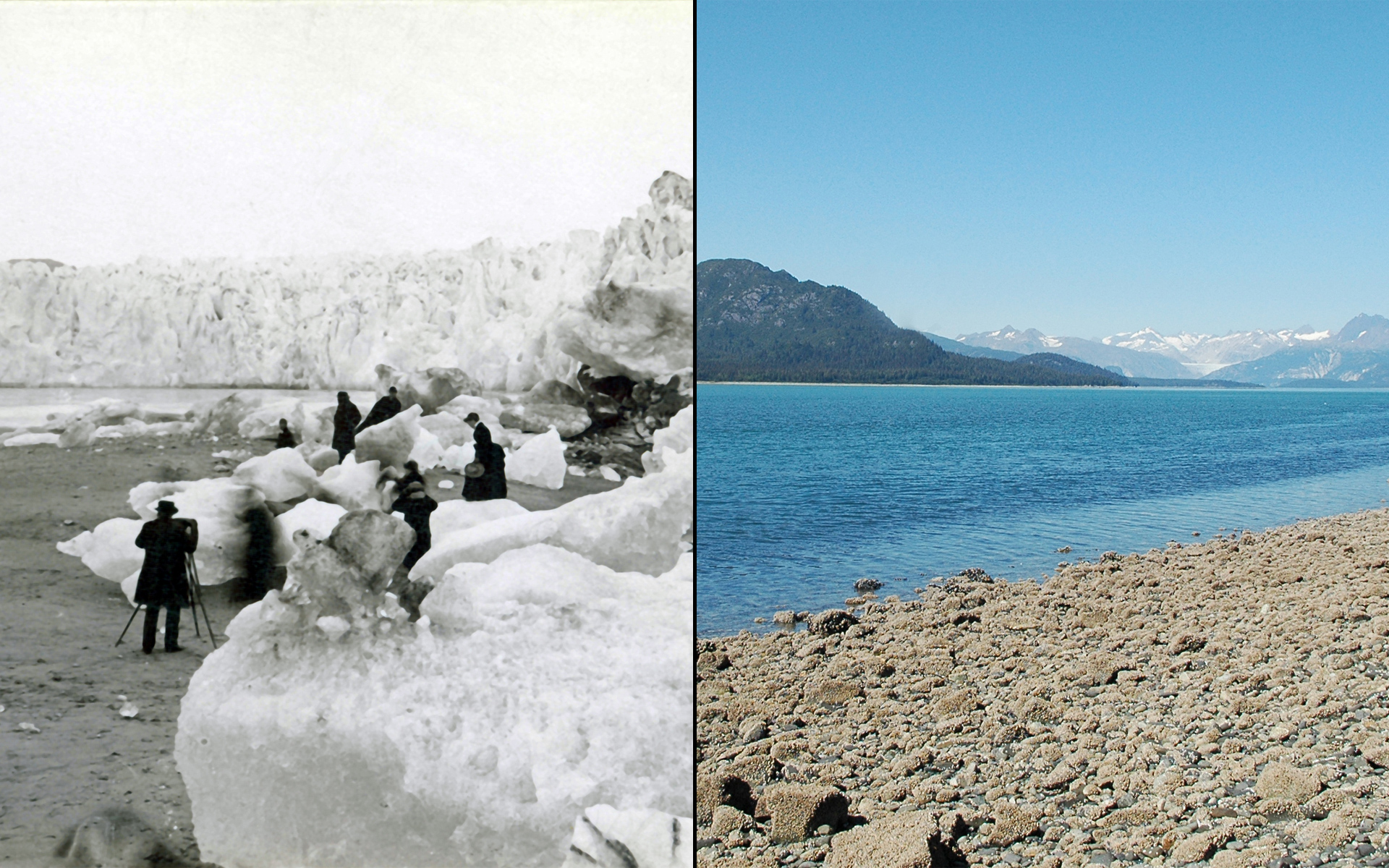








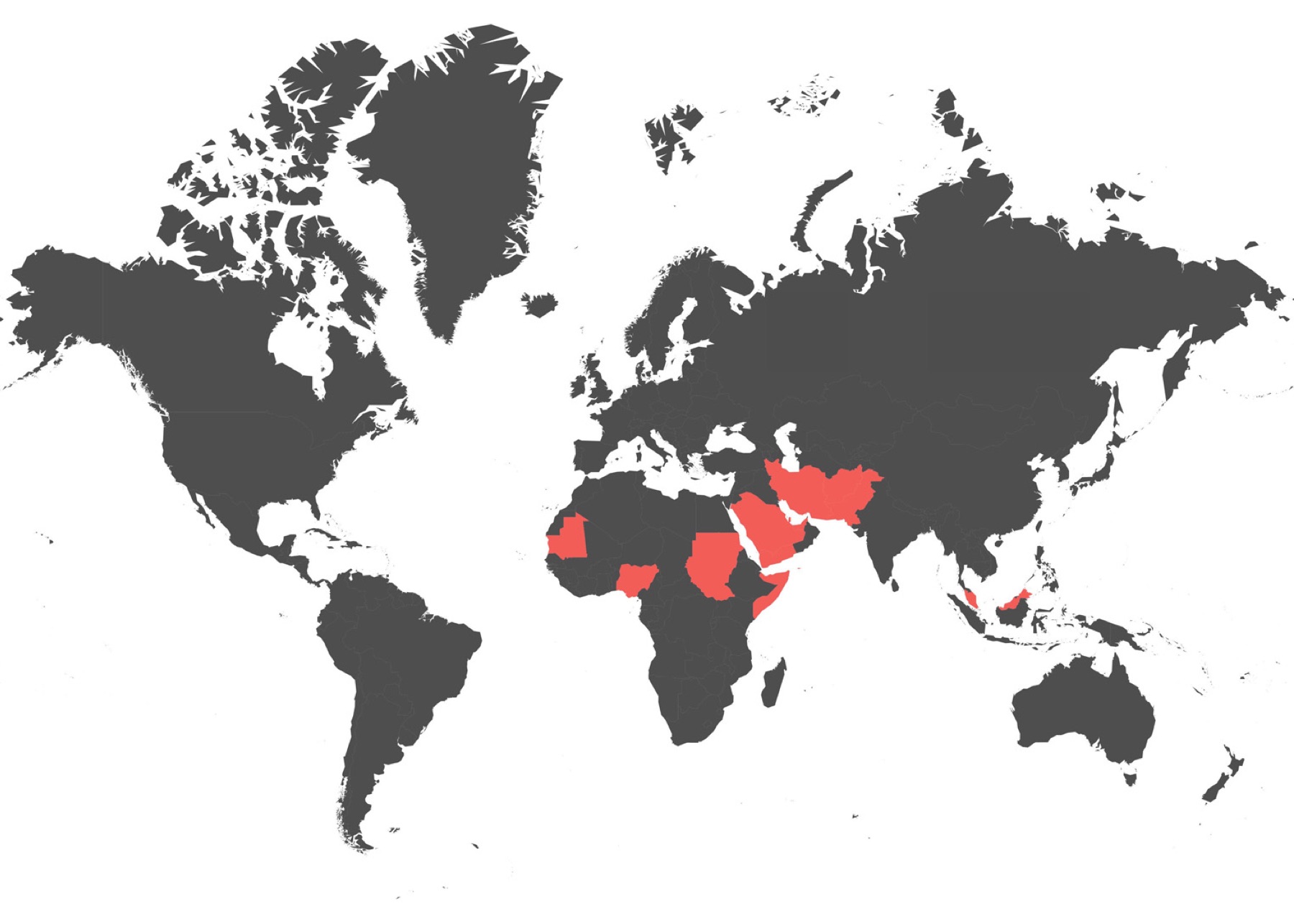 The inflammatory rhetoric of the US election gives me pause. Pretenders to the nation’s highest office include xenophobes and racists. Yet their words of fear and hate are protected by one of the simplest and most powerful sentences written in to law:
The inflammatory rhetoric of the US election gives me pause. Pretenders to the nation’s highest office include xenophobes and racists. Yet their words of fear and hate are protected by one of the simplest and most powerful sentences written in to law:
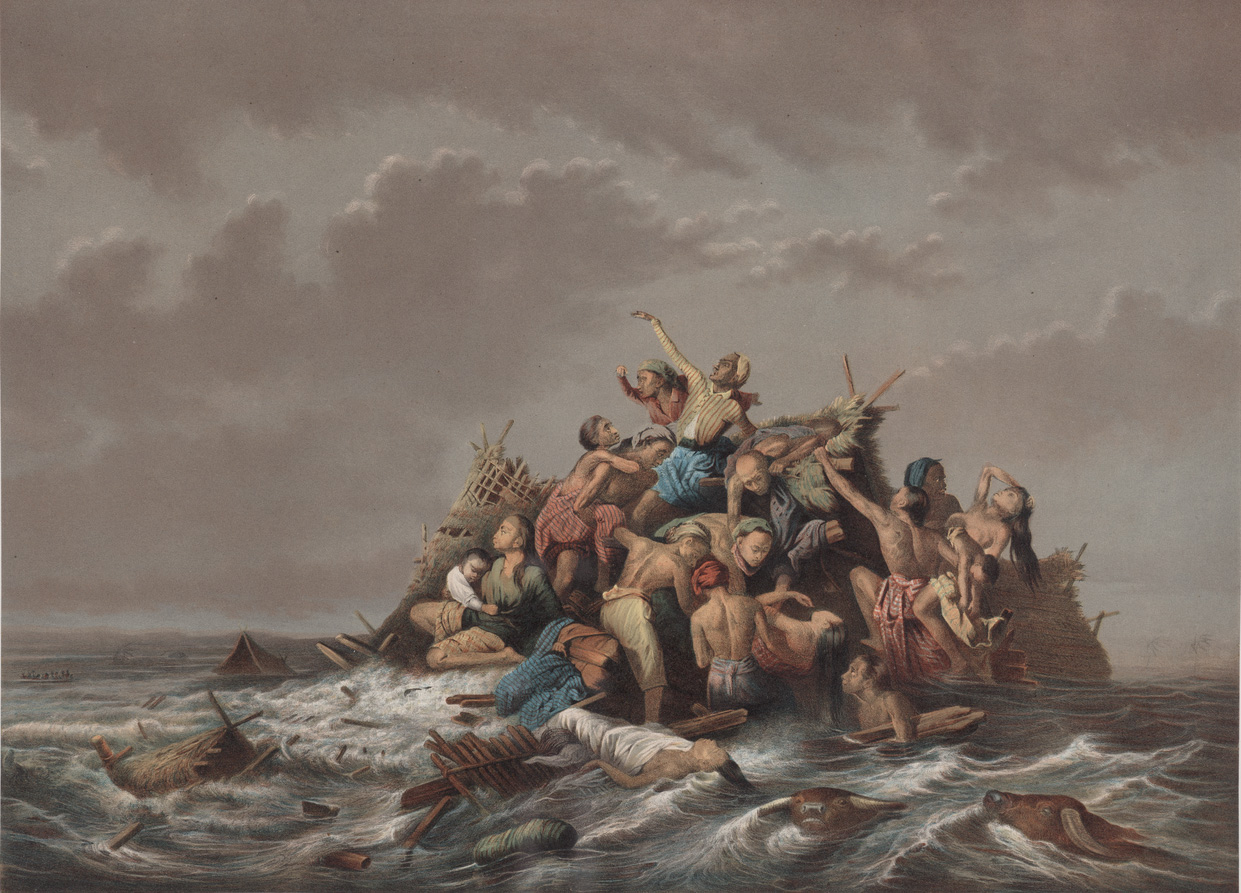
 OK, so I am thoroughly addicted to yogurt (or yoghurt, for my non-US readers). My favorite is the greek yogurt Fage, followed by an Aussie concoction called Noosa.
OK, so I am thoroughly addicted to yogurt (or yoghurt, for my non-US readers). My favorite is the greek yogurt Fage, followed by an Aussie concoction called Noosa. 
